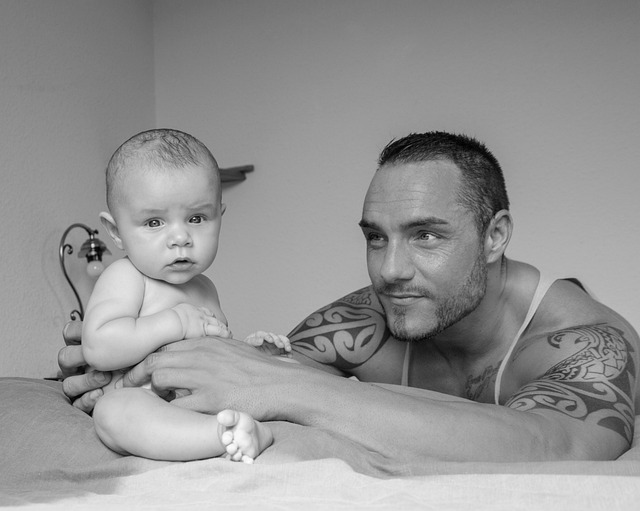Multnomah County child advocacy demands a deep understanding of local laws, community dynamics, and expertise in handling complex cases involving neglect, abuse, and family dissolution. Knowledgeable advocates protect children's best interests through collaborative efforts, strategic case management, and mediation, challenging unfair practices while respecting all parties' rights.
In the intricate landscape of child welfare law, navigating complex cases requires a nuanced approach. This article delves into the intricacies of handling challenging situations within Multnomah County’s legal framework, focusing on child advocacy. We explore effective strategies for managing these delicate matters, from understanding the legal procedures to implementing successful resolution tactics. By examining best practices in Multnomah County, professionals can ensure optimal outcomes for vulnerable children, fostering a safer and more supportive environment.
- Navigating Complex Child Welfare Cases in Multnomah County
- Understanding Legal Procedures for Children's Advocacy
- Effective Strategies for Resolving Difficult Matters
Navigating Complex Child Welfare Cases in Multnomah County

Navigating complex child welfare cases in Multnomah County requires a deep understanding of the unique legal and social landscape. The county, with its diverse communities and significant population, presents challenges that demand meticulous attention to detail. Social workers and attorneys alike must be adept at handling intricate matters involving neglect, abuse, and family dissolution, often involving cultural considerations and complex family dynamics.
Multnomah County child advocacy plays a pivotal role in ensuring the best interests of children are protected. This involves collaborative efforts between legal professionals, social services, and community organizations to provide comprehensive support. By staying abreast of evolving laws and policies, advocates can navigate these cases effectively, advocating for children while respecting the rights of all involved parties.
Understanding Legal Procedures for Children's Advocacy

In navigating complex child welfare legal matters, a deep understanding of legal procedures is paramount, especially in places like Multnomah County where child advocacy is a top priority. The system can be intricate, with various stakeholders—from social workers and attorneys to judges and foster care providers—each playing a crucial role in ensuring the best outcome for the child. Familiarity with key processes, such as protective orders, dependency cases, and termination of parental rights, is essential for effective advocacy.
Knowledgeable advocates are well-versed in local laws and regulations specific to Multnomah County child advocacy, enabling them to navigate the system efficiently. This includes recognizing the unique needs of vulnerable children, ensuring their voices are heard, and advocating for their safety and well-being throughout legal proceedings. Understanding procedural nuances allows advocates to build strong cases, challenge unfair practices, and ultimately foster positive outcomes for children involved in the legal system.
Effective Strategies for Resolving Difficult Matters

In navigating complex child welfare legal matters, especially within the context of Multnomah County child advocacy, attorneys and advocates must employ strategic approaches to achieve positive outcomes for involved families. One effective strategy is proactive case management, where detailed plans are created to address all aspects of the case, ensuring every party’s needs are considered. This includes thorough investigations, gathering compelling evidence, and building strong relationships with key stakeholders, such as social workers and experts in child psychology.
Another powerful tool is mediation, which fosters open communication between all parties involved, including parents, guardians, and children. This collaborative process aims to resolve disputes and reach mutually agreeable solutions while also considering the best interests of the child. By encouraging dialogue and understanding, mediation can help break down barriers and facilitate a more harmonious resolution, ultimately benefiting the entire family in Multnomah County child advocacy settings.






